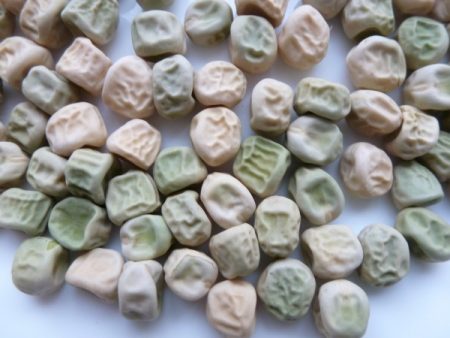 Sowing time is those 50% percent, which determines the amount of yield that can be obtained in the end. If you start sowing ahead of time, then the seeds can simply freeze in the ground, and if you are late in time, then there is a chance that the seeds will either dry out or be infertile. After all, every gardener wants to collect a full crop.
Sowing time is those 50% percent, which determines the amount of yield that can be obtained in the end. If you start sowing ahead of time, then the seeds can simply freeze in the ground, and if you are late in time, then there is a chance that the seeds will either dry out or be infertile. After all, every gardener wants to collect a full crop.
It’s important not only not to miss sowing dates, but also the quality of the seeds, the depth of their sowing, as well as placement in the garden. Different cultures land at different depths. The most popular seeds for sowing in the garden are pea and onion seeds. What pea or onion seeds are deeper embedded in the soil and why?
Why Depth Is Important When Sowing
About which pea or onion seeds are embedded deeper into the soil and why, it is written in biology textbooks for grade 6. Often in schoolchildren in the control and verification work, this question arises. Why depth is important for seeds of different cultures will be useful to learn not only for those who study at school, but also for those who have decided to come to grips with gardening skills.
The depth of seed placement is important because the size of the seed determines the amount of nutrition that nature has in store for it. For example, bean seeds have a lot of such natural reserves, while poppy or other crops, on the contrary, are too few. This begs the vital question, which seeds of onions and peas are embedded deeper into the soil and why?
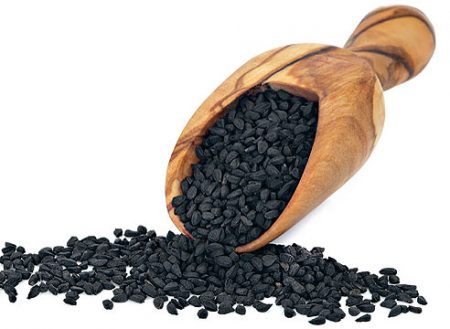
To get the answer to this question, it is important to determine whether the plant is monocotyledonous or dicotyledonous. Monocotyledonous plants do not carry cotyledons to the surface of the soil, while dicotyledonous crops do this.
Talking about what crops do you need to dig deeper, should take into account a few more nuances. For example, burly grain requires digging into the soil as mono deeper. If the embedment depth does not match the necessary, then, for example, pea seeds will be visible from the ground, which will cause an attack on the culture of birds and other animals. But if you do not guess with depth of burying onion seeds, and plant them too deeply, then the seeds simply will not be able to punch their way up to rot in the ground.
It follows from this that larger grains have more strength and energy so that its sprouts break through the soil layer, which means that they can be buried deeper into the ground. In addition, there are enough nutrients in such grains, so they will not die of hunger at great depths.
Another important topic
Also, an important point is that the depth of seed embedding depends not only on their size, but also on what soil is on the site. For example, sandy soil is suitable for sowing few seeds, but deeply. But in heavy loamy soil you can sow a lot of seeds, but not deep. This scheme is very easy to explain: in the sandy soil on the upper layers there is too little moisture for the full growth and development of the seed.
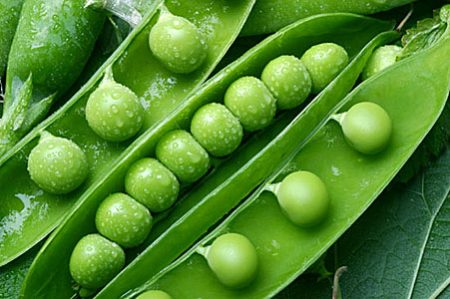
Since there are more nutrients in pea grains than onion chernushka, their sunrises are also more resilient. Each culture has its own supply of nutrients, which they actively use after sowing. Therefore, both peas and onions must be sown so that by the time of "depletion" of the seed of the crop already had their green leaves.
Small onion seeds must be planted to a depth of 2 centimeters, and the change of peas is twice as deep, that is, from 4 to 5.5 centimeters. How to organize a great garden for lazy people.
If you close the seeds to the correct depth, as well as at suitable sowing dates, then soon you can get a healthy, and most importantly, rich harvest! If you ignore such important rules when sowing, then the sunrises can still not wait. It is not in vain that a separate topic is devoted to this in biology classes.

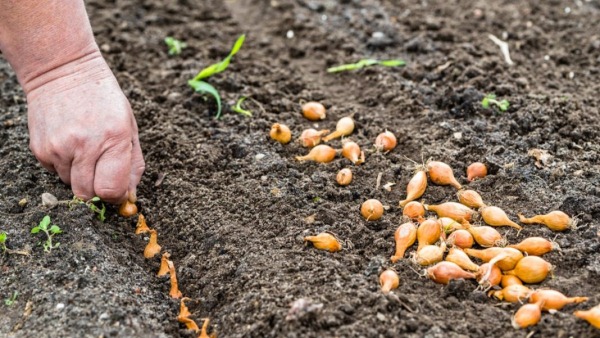
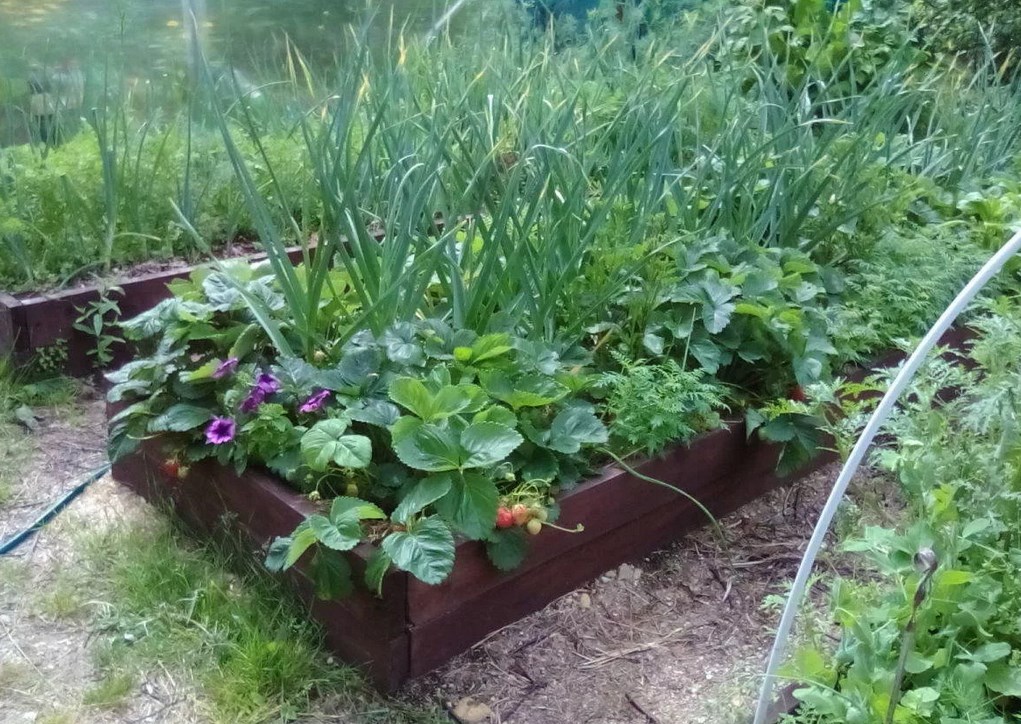
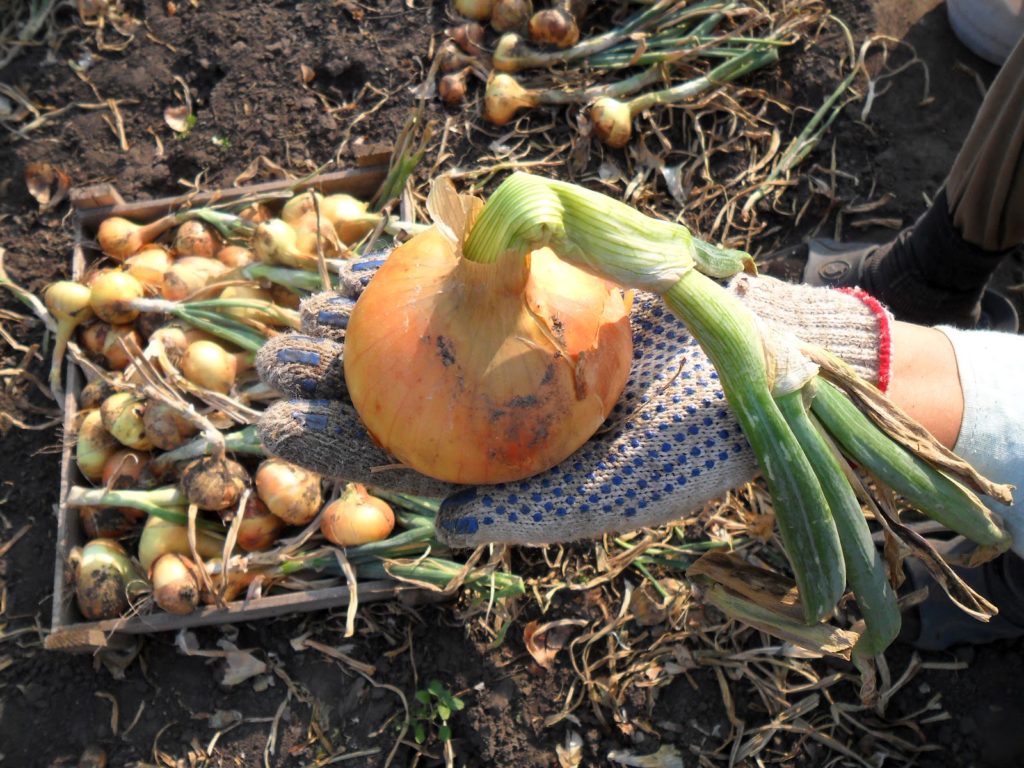
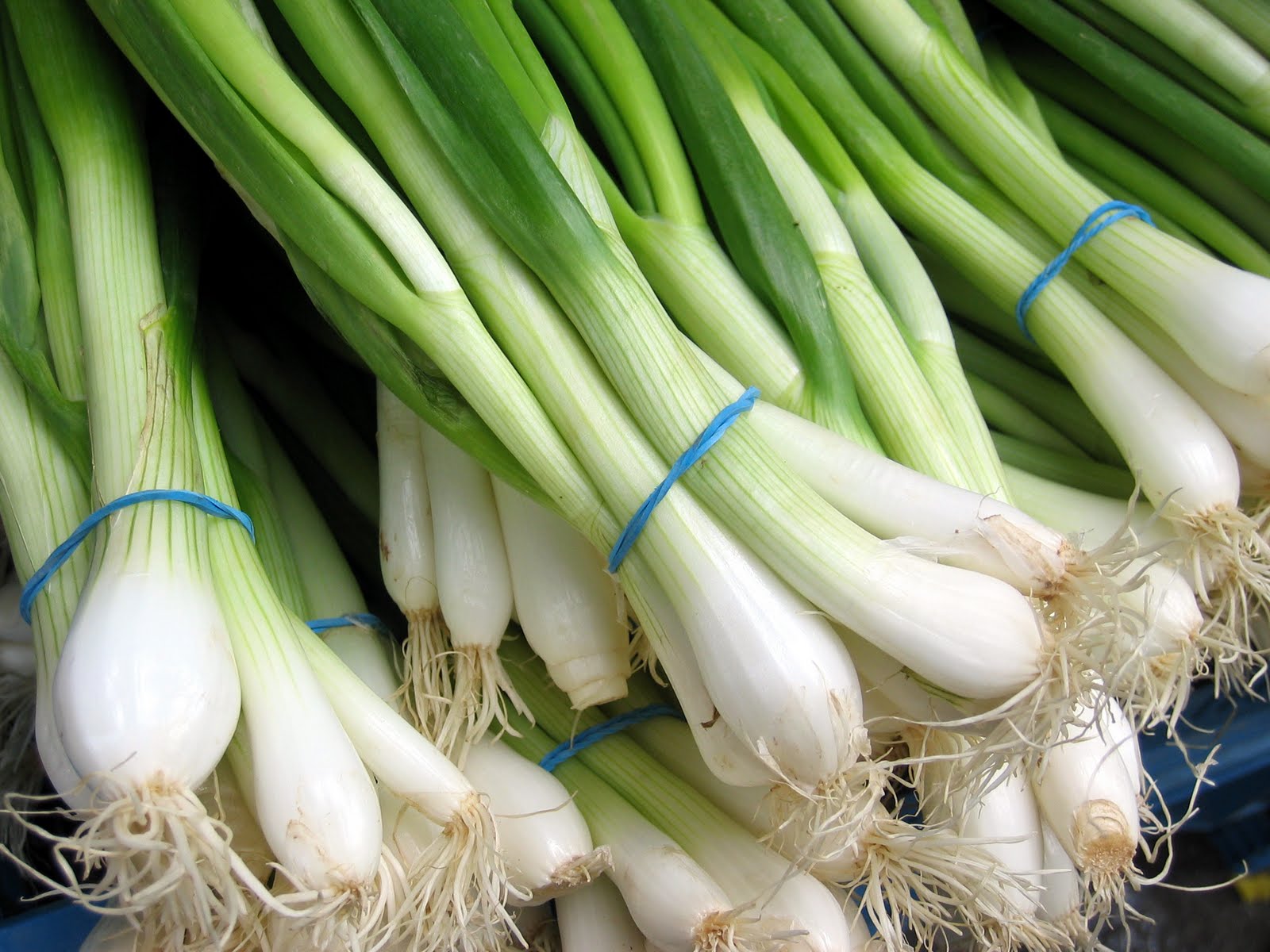 Growing onions on a feather in a greenhouse in winter
Growing onions on a feather in a greenhouse in winter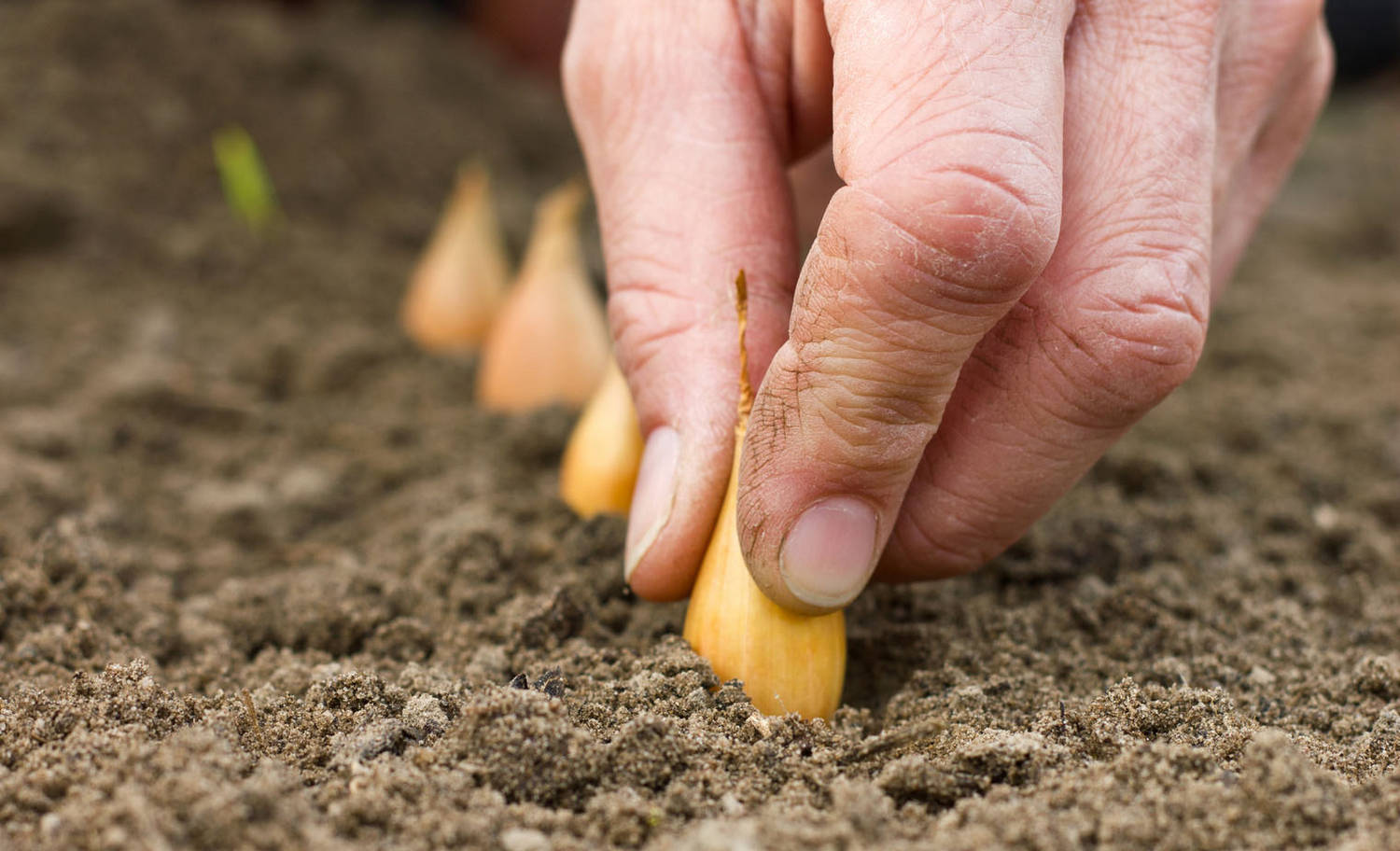 Planting onions in winter in the open ground
Planting onions in winter in the open ground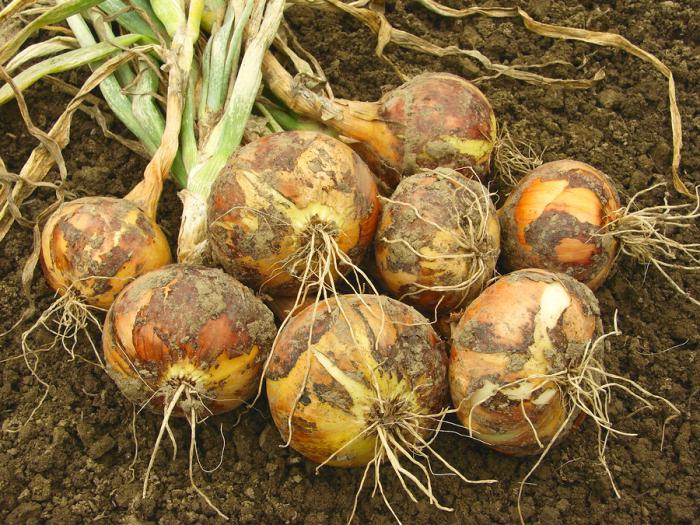 How to feed onions so that the bulbs beat large
How to feed onions so that the bulbs beat large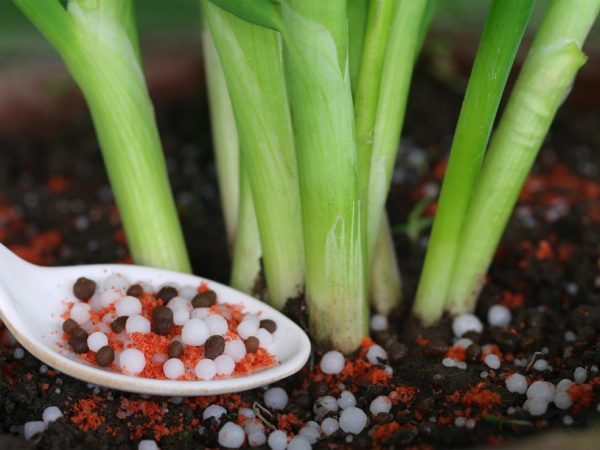 How to feed onions in spring and summer to get a good harvest?
How to feed onions in spring and summer to get a good harvest?